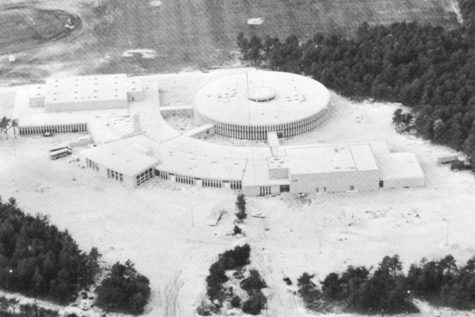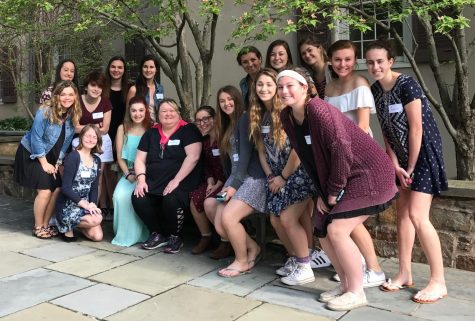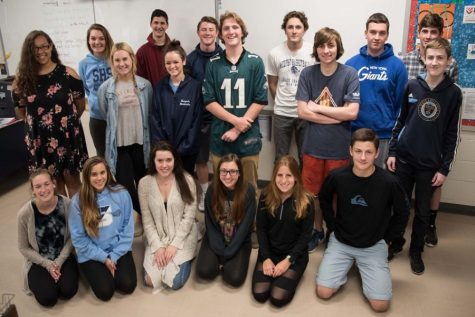Beauty and the Beast Review (Minor Spoilers)
March 27, 2017
(Ye be warned: mild spoilers.)
As a lifelong fan of the “tale as old as time,” I had high hopes for this year’s remake of Beauty and the Beast, and it is a true pleasure to profess that many–if not all–of these hopes have come to fruition. Despite critic reviews ranging from candid to harsh, the film has viewers under its spell and has made quick work of shattering box office records, reaching approximately $500 million worldwide and securing one of the most successful opening weeks in the history of North American cinema.
Much like its 1991 predecessor, the story follows a bright and beautiful girl from a French village named Belle (Emma Watson) who ends up imprisoned in a castle. All of its inhabitants, including the monstrous beast to whom it belongs (Dan Stevens), have been enchanted. BatB is still very much an exploration of seeing beyond the exterior and finding light, and love, in dark places.
Now…with the inevitable sentimentality somewhat out of the way, I can honestly say the music is still as splendid as ever, even with Watson’s excessive auto-tuning and previously unheard pieces original to the remake. The hopeful “Days in the Sun” replaces one of my old favorites, “Human Again,” but what with good pacing and a vocally stacked cast, it runs like clockwork; I hardly noticed. The Beast’s “Evermore,” belted from the top of a tower, can be filed under dramatic character development. As far as old favorites go, Luke Evans nails any song bestowed to the arrogant and boisterous Gaston, Ewan McGregor, who plays Lumiére, and Co. deliver a soaring “Be Our Guest” that reminds me very much of the colorful Broadway productions of old; Emma Thompson’s Cockney impression suits a nostalgic “Beauty and the Beast;” and Emma Watson’s acting manages to make up for her lackluster singing voice. In total, composer Alan Menken has done it again. Literally.
Visually, the 1991 Beauty and the Beast does not hold a candle to that of 2017. I was pleasantly surprised by the pure charm of the CGI household staff; hence, the meticulous character and costume design and the castle were the clinchers for me (see: the very Baroque Lumiére and Cogsworth, Plumette’s feathered dress). Critics have cried anachronism to many aspects of the film including mention of the plague and Belle’s lack of corset, but I am–perhaps unsurprisingly–willing to forgive, for historical French influence is imbued in every frame, and might I add the bubonic plague endured until recent centuries (see: Great Plague of Marseille).
Plot-holes chipped away by years of snide remarks were filled, such as why the rest of the world conveniently forgot the Prince and the castle and why anyone would blame a child for not admitting a stranger to his house. These are amended by the fine print to the Enchantress’s enchantment and the new opening sequence.
Some progressive embellishments have not been everyone’s cup of tea. Among these are the diversification of Belle’s small provincial town and the openly gay LeFou, who acquires a story arc of his own, but these details, alongside the biracial couples and recreation of Belle as the inventor rather than her father, seem to me only to make a treasured classic more accessible to be treasured by all. They are not glaring changes so much as expanding the palette with which the story is painted. It is all the more luminous for it.
The movie is like seeing a familiar face in a fresh and different light; perhaps a tale not to everyone’s liking, but the merits of the telling of it are for the reader to decide. At the time of writing, I have seen it twice, and both on the same night. Needless to say, at the rate theater seats are filling, Beauty and the Beast will have its days in the sun.





